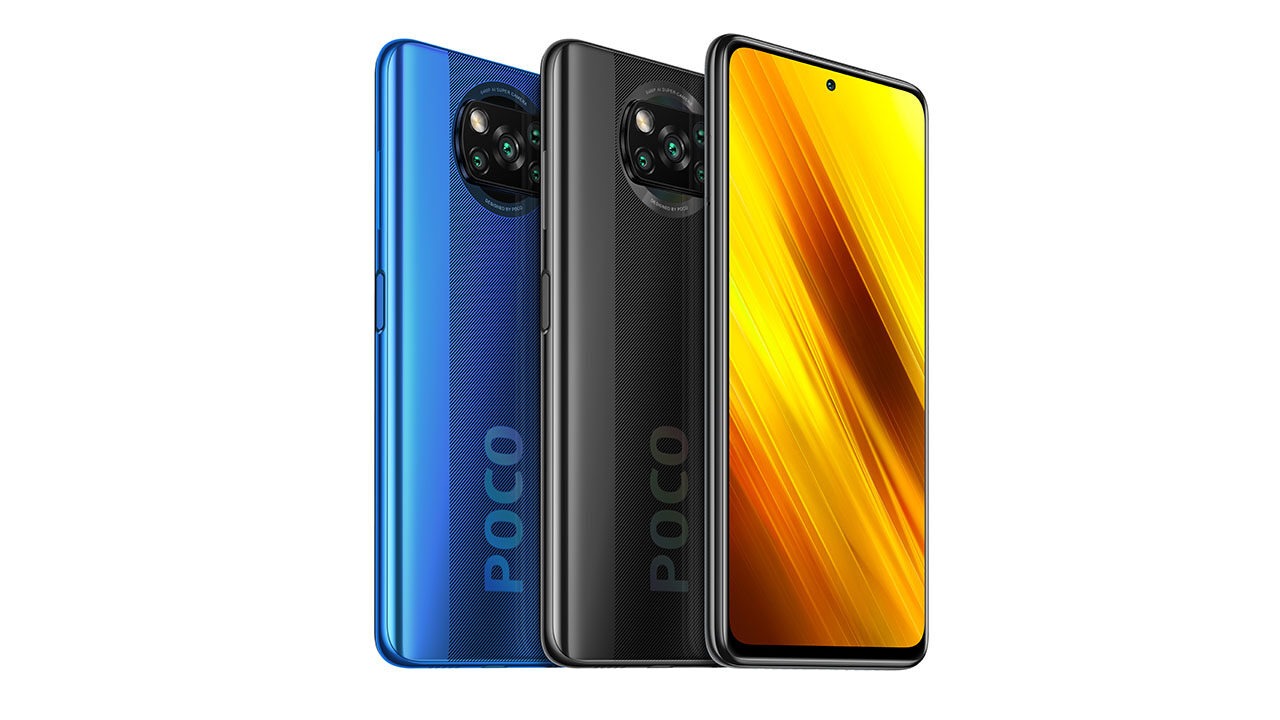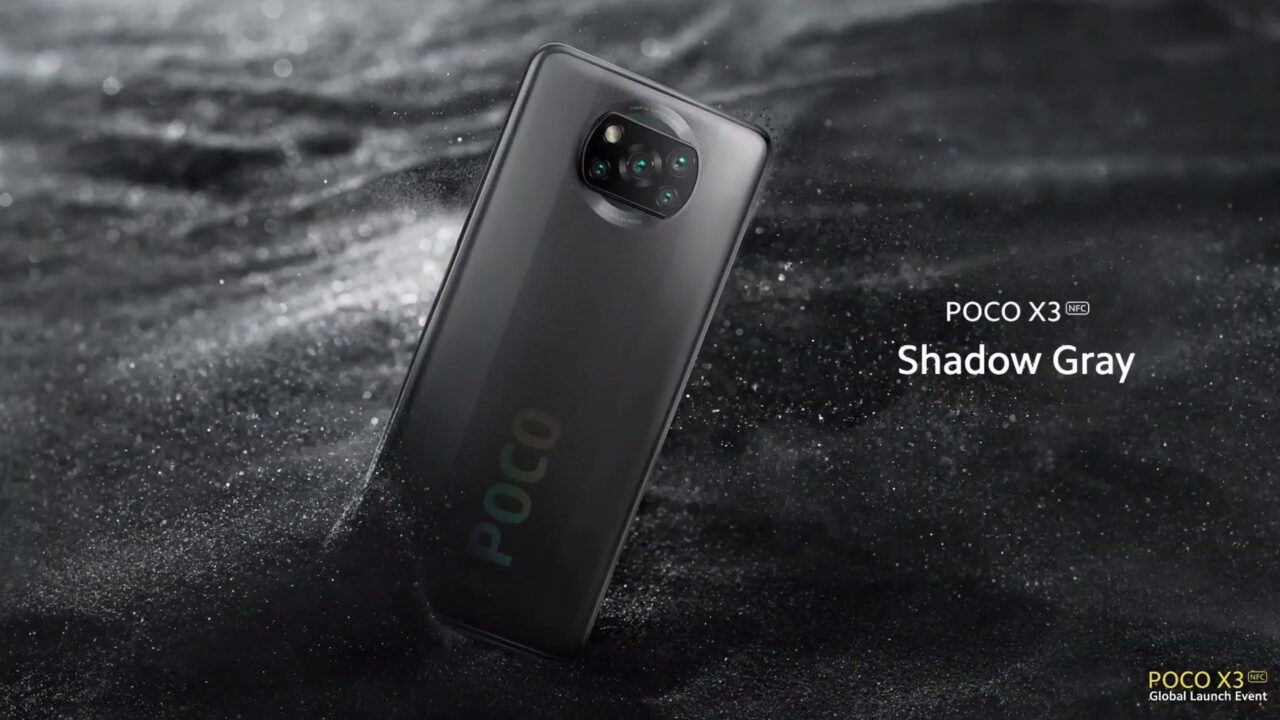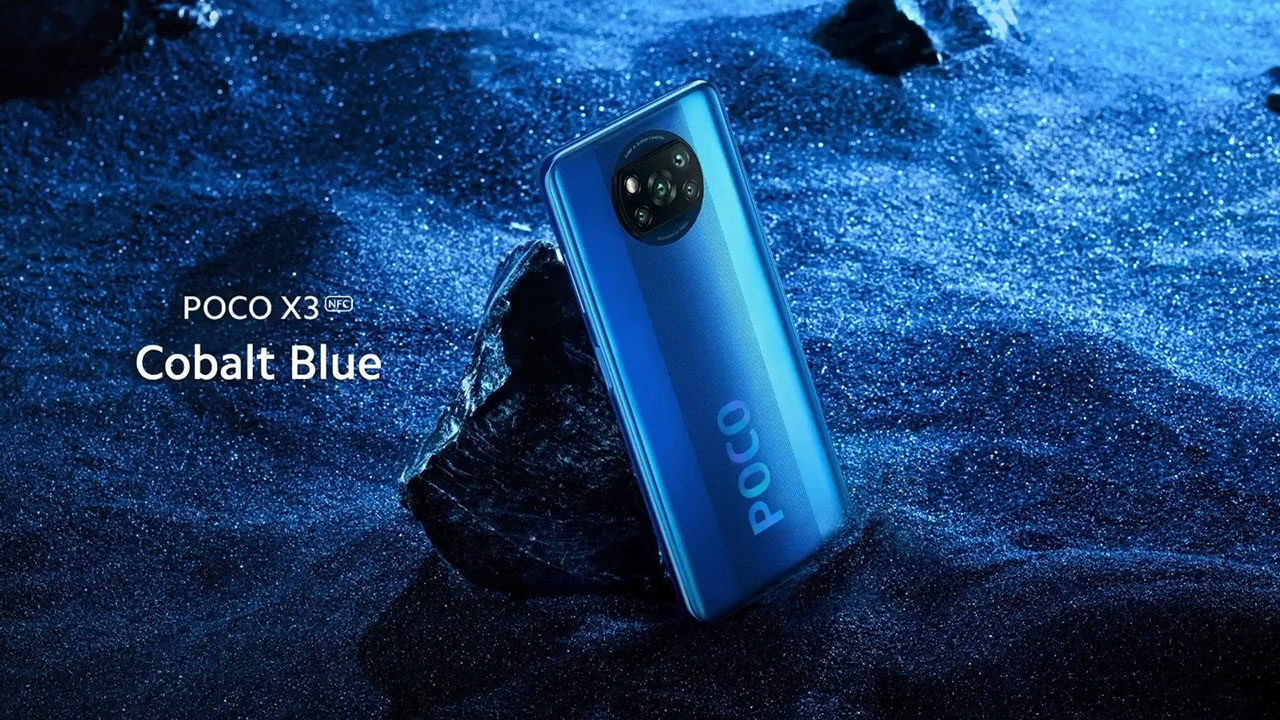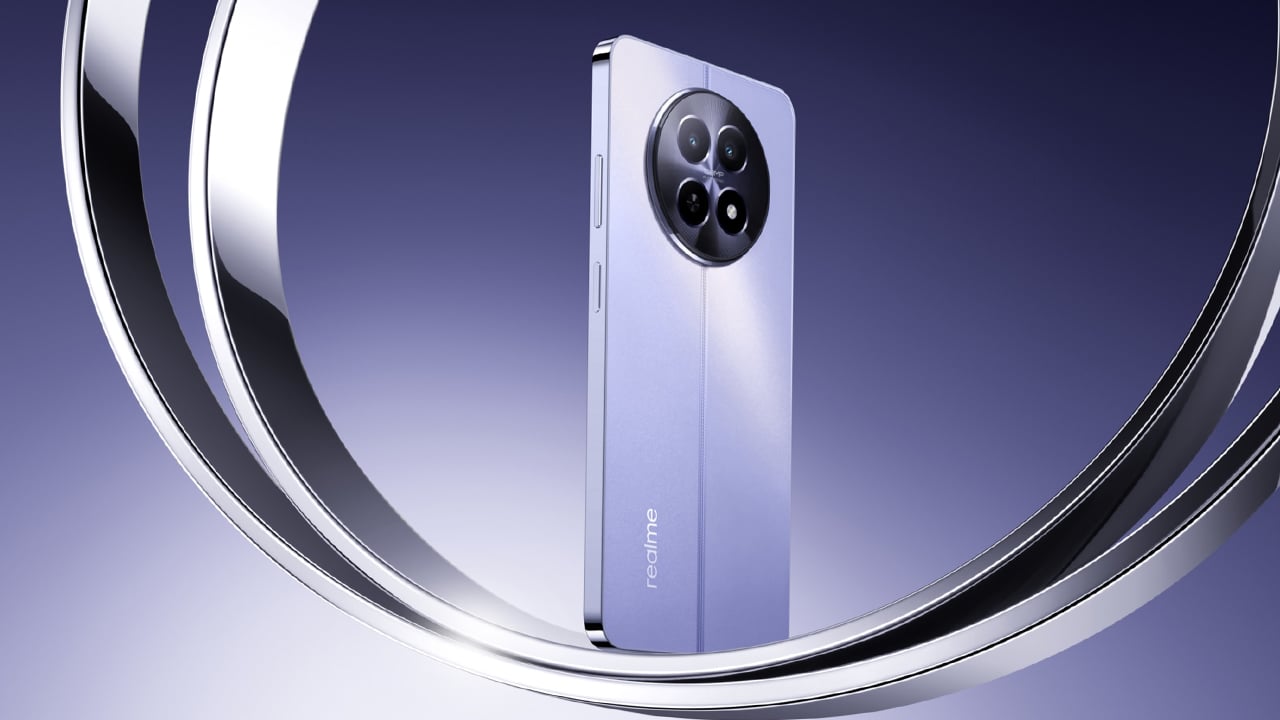POCO launched its latest device, the POCO X3 NFC. Tailored for young tech and gaming enthusiasts, it adopts a unique finish-line design that screams power. The device puts performance above all else, offering only the most useful high-end specs with no frills at a fraction of the usual price.
Debuting Qualcomm’s newest and most powerful 700-series 4G processor – Snapdragon 732G – POCO X3 NFC boasts incredible performance that lasts up to two days on one charge, thanks to the handset’s large 5,160mAh battery. Meanwhile, the phone’s 120Hz+240Hz display creates an incredibly smooth and responsive experience superior to most flagships on the market.

Exactly the performance you need with the brand-new Qualcomm Snapdragon 732G platform
As a perfect daily driver, POCO X3 NFC is all about incredible everyday use and optimized gaming experience. Running on Qualcomm’s most powerful 4G processor to date, the Snapdragon 732G, POCO X3 NFC offers sustained peak performance and AI capabilities that will impress even the most demanding gamers thanks to its architecture based on the Kryo 470 octa-core CPU and Adreno 618 Elite Gaming series GPU.
To ensure steady operation and frictionless user experience, the device embeds LiquidCool Technology 1.0 Plus, combining an enlarged copper heat pipe with multiple layers of graphite that work together to reduce the heat of the phone’s processor by up to 6 degrees.

The phone’s incredible performance can be further optimized for gaming thanks to the latest iteration of Game Turbo 3.0, the utility that tunes the phone in accordance with game requirements, that ensures users get the most out of the handset’s powerful hardware. Additionally, the phone’s Z-axis linear motor ensures superb haptic feedback with over 150 vibration modes for different scenarios.
Exactly the immersion you need with 120Hz + 240Hz display and stereo speakers
In line with POCO’s original goal of making innovation available to everyone, POCO X3 NFC sports a stunning edge-to-edge 6.67” FHD+ DotDisplay with a staggering combination of a 120Hz refresh rate and a 240Hz touch sampling rate.
POCO X3 NFC boasts one of the smoothest screens in its price category. The DynamicSwitch function allows the phone to save power by automatically switching between 50, 60, 90, and 120Hz depending on the use case and the format of content displayed on the screen. This allows the phone’s refresh rate to go up for use cases like gaming and down for lighter operations like reading – thereby optimizing power usage
The 240Hz touch sampling rate further reinforces the phone’s extraordinary display capabilities, allowing it to beat most competition hollow. POCO X3 NFC boasts 33% faster response than most flagships currently on the market, providing for exceptionally satisfying user experience as well as giving users a noticeable competitive advantage even in the most sophisticated games.
To ensure utmost immersion, the device also packs a pair of flagship-grade stereo speakers. The 4cc-equivalent upper speaker, 1cc-equivalent lower speaker, and up to 0.5mm vibration amplitude provide for crystal clear stereo sound and absorbing gaming experience. Meanwhile, the speakers’ ability to self-clean ensures unmuffled audio in the long run.

Exactly the photos you need with a 64MP AI quad-camera system
POCO X3 NFC sports a top-notch rear quad-camera system consisting of a 64MP main camera, 13MP ultra-wide angle camera, 2MP macro camera, and a 2MP depth sensor.
The phone’s main camera is a flagship Sony IMX 682 sensor featuring an F1.89 aperture and 1.6μm 4-in-1 Super Pixel that produces detailed and ultra-clear pictures. The 13MP ultra-wide-angle camera boasts a 119-degree field of view propped up by F2.2 aperture and a 1.0μm pixel size, while the 2MP macro camera and depth sensor complete the setup offering extra functionality and reinforcing the main lens’ capabilities.
On the front, the device sports a tiny dot 20MP camera with F2.2 aperture and 1.6μm 4-in-1 Super Pixel, ideal for taking unblemished selfies.
For those trying to stand out from the crowd, POCO X3 NFC packs a slew of creative features including six kaleidoscope options, Gold vibes mode, Cyberpunk mode, numerous new photo filters, as well as AI Skyscaping 3.0, presenting new creative ways to brighten up users’ social media feed.
Video enthusiasts can make use of the device’s 4K video recording as well as features including smooth video zoom, focus peaking, and AE/AF lock. The included LOG/RAW format support and Vlog mode not only ensure that users can capture their most important moments in utmost quality, but also turn the phone into a semi-professional workstation for video content production.

Exactly the battery life you need with 5,160mAh and 33W fast charging
Top-level specs are no use without a battery that lasts. To guarantee that users can enjoy all of its amazing features, POCO X3 NFC is equipped with a large 5,160mAh battery that lasts over two days under moderate usage. The handset supports 33W fast charging which not only means that the device can be charged to 100% in only 65 minutes, but also that a mere 30 minutes will fill it up to 62%.
The increased charging speed is achieved through Middle Middle Tab (MMT) technology. In conventional batteries, the electric current is coming from the bottom of the module, filling it upwards, thus resulting in considerably slower charging speed. Middle Middle Tab (MMT) technology is based on an innovative method in which the battery receives the electric current from the middle and spreads it simultaneously to the top and bottom of the module. This allows for faster and more consistent charging speed, while also ensuring battery longevity, compared to traditional layouts.


























